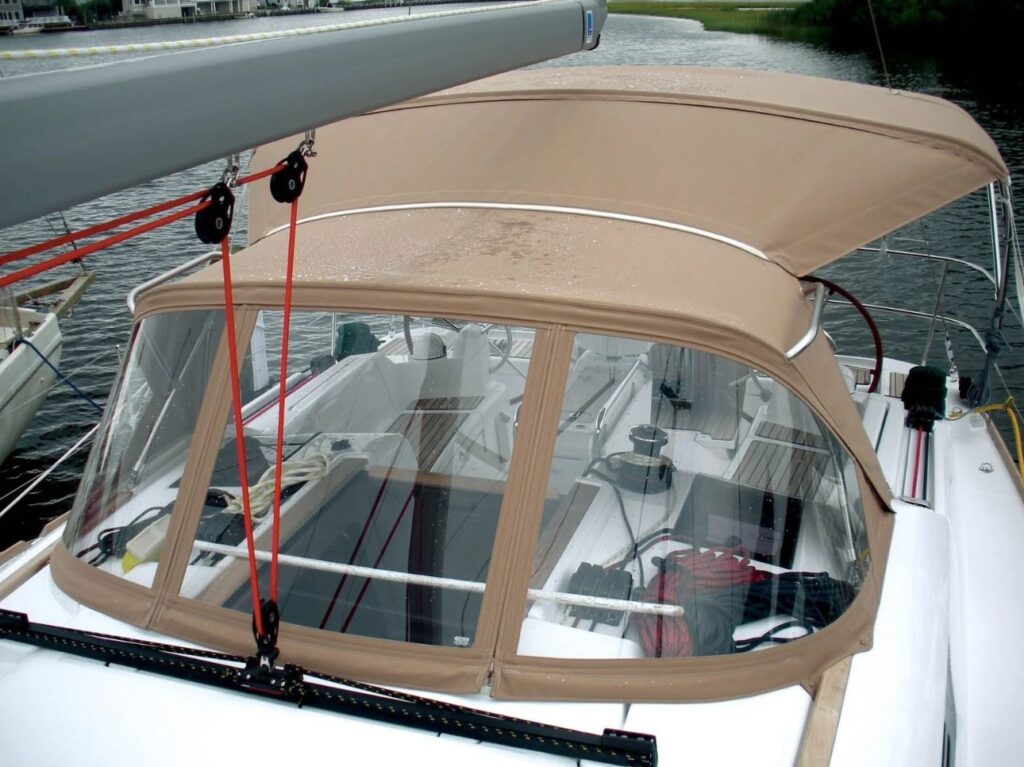NEW YORK, February 9, 2023 (Newswire.com) - iQuanti: When it comes to getting flexible financing on demand, borrowers can choose between two options: a line of credit and a credit card. Both can provide account holders with safe and secure access to a relatively large sum of money. However, one may be better suited than the other for borrowers with less than favorable credit. Here's how bad-credit lines of credit and credit cards work and which type may be right for a poor-credit borrower:
How lines of credit work
A line of credit is a flexible online loan that lets someone access funds from a lender up to a certain limit. Borrowers may use as much or as little of these funds as needed, and a variable interest rate applies to the balance starting from the date of purchase. Depending on the line of credit, the minimum payment may be either interest only or also include some of the principal that was borrowed.
Lines of credit can come in several forms, including:
- Revolving lines of credit: The amount of money that can be borrowed replenishes at the end of each month.
- Personal lines of credit: The amount of money that may be borrowed slowly diminishes and does not replenish. As the loan gets paid back, the borrower will eventually use all the funds that were originally made available to them until the account is eventually closed.
Note that many lines of credit don't issue a card as the credit card companies do. Typically, the funds from the credit line are electronically transferred to the borrower's bank account. This allows borrowers to write checks or use their debit card to make purchases conveniently.
How credit cards work
A credit card is a plastic card that lets people make purchases online or in store. Unlike a line of credit, where interest charges begin as the funds get used, credit cards typically do not accrue interest if the statement balance is paid in full and on time each month with some exceptions such as cash advances. This makes credit cards similar to an interest-free short-term loan, if you pay the balance in full at the end of each month. If the cardholder does not pay off their balance in full, however, it will roll over into the next credit cycle and the entire balance will typically begin to incur a daily variable rate of interest.
For the most part, credit card holders can only use the funds available to them by buying items in person at store locations or by providing their number to online merchants. Although both lines of credit and credit cards are subject to substantial regulation, regarding required disclosures as well as permissible fees and interest, the specific requirements differ in some respects between the two.
Which is better for poor-credit borrowers?
Between credit cards and lines of credit, applicants with poor credit histories may find they'll have more success applying for a line of credit. Many conventional credit cards require a very good credit rating. And those who want more lucrative credit cards with travel perks and cash-back rewards often find they need to have an excellent credit rating.
By contrast, many lenders offering lines of credit are often more flexible about their credit score requirements. In fact, Advance America approves borrowers with most credit score levels and financial backgrounds.
The bottom line
Credit cards and lines of credit can allow people to have flexible access to funds. Although both options give account holders the ability to spend money on an as-needed basis, credit cards offer a short grace period where interest will not be charged as long as the balance is paid in full. However, they often also require a higher credit score. So, applicants with poor histories may want to focus their attention on a line of credit where they'll have a better chance of getting approved.
Contact Information:Keyonda Goosby
Public Relations Specialist
[email protected]
(201) 633-2125
Original Source: Line of Credit vs. Credit Card: Which is Better for Poor-Credit Borrowers?


